In total I prepared 6 versions of the some image, with 2 versions having the soft proofing techniques detailed by Sean Bagshaw (https://www.youtube.com/watch?v=ND_GzCueX4s) being applied to them. The purpose of this testing is to try and find a suitable workflow within Photoshop for creating JPEGs that produce prints that are as close as possible to their on-screen version.
Version 1: This is the original image. No additional adjustments have been made.
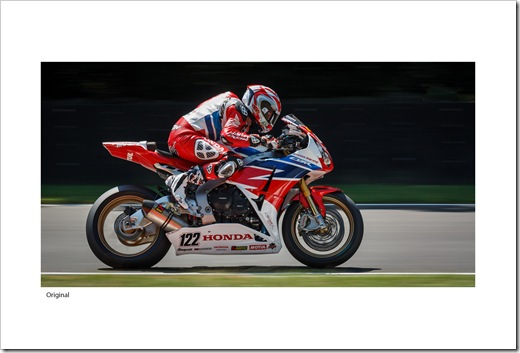
Version 2: A "Levels" adjustment layer applied to brighten the image. This tends to be needed as the brightness of monitors is normally higher than the resulting printed version.
Levels
Input Levels (0.85), Blend mode (Screen), Opacity (20%)
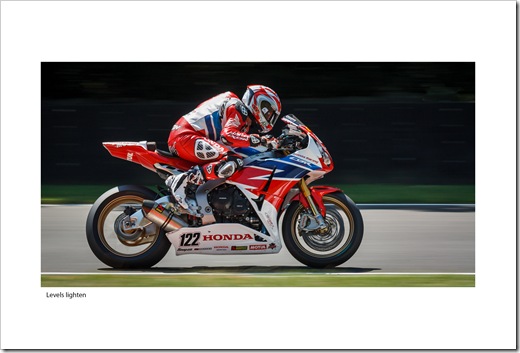
Version 3: Version 2 with the "DS Colour Frontier for Lustre" ICC Profile applied using the "Perceptual" rendering intent. No additional adjustments have been made.
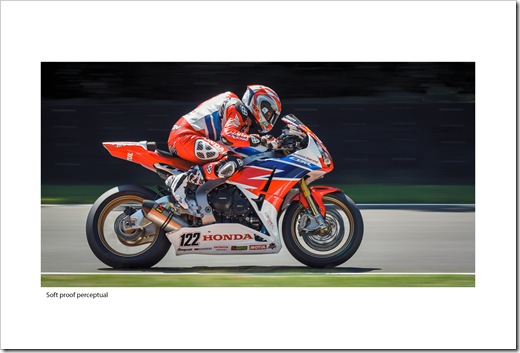
Version 4: Version 2 with the "DS Colour Frontier for Lustre" ICC Profile applied using the "Relative Colorimetric" rendering
intent. No additional adjustments have been made.
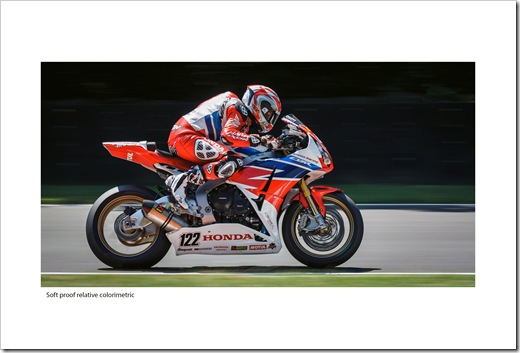
Rendering Intent. This simulates how colors will be compressed when they are converted into the printer color space, and is the single most influentual control over how image colors are printed. If this option isn't available, relative colorimetric is usually the default. For more, see the tutorial on color space conversion (http://www.cambridgeincolour.com/tutorials/color-space-conversion.htm). Ref: http://www.cambridgeincolour.com/tutorials/soft-proofing.htmVersion 5: Version 3 with additional adjustments using Sean Bagshaw's techniques.
Levels
Input Levels (0.85), Blend mode (Screen), Opacity (20%)
Curves

Hue/Saturation
Saturation (+10)
Photo Filter
Filter (Warm Filter (85)), Density (25%), Blend mode (Normal), Opacity (25%)
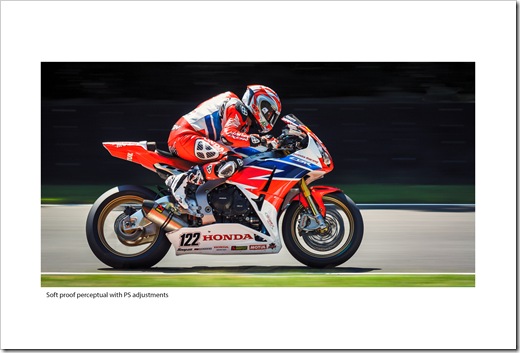
Version 6: Version 4 with additional adjustments using Sean Bagshaw's techniques.
Levels
Input Levels (1.00), Blend mode (Screen), Opacity (20%)
Curves

Hue/Saturation
Saturation (+10), Lightness (-5)
Photo Filter
Filter (Warm Filter (85)), Density (25%), Blend mode (Normal), Opacity (25%)
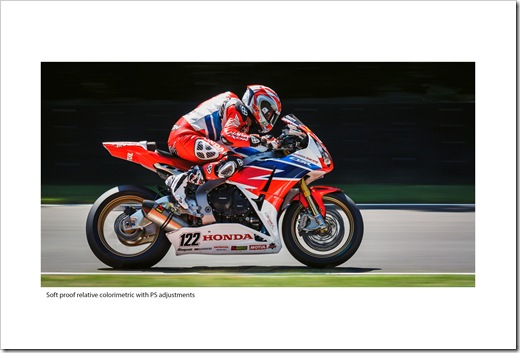
Further information: My current workflow involves using Lightroom to export the adjusted PSD files as JPEGs but whilst creating these test images I discovered a couple of issues.
- Doing just a straight export overrides the colour profile from the ICC Profile set within the PSD to sRGB.
- At the export stage if you manually change the colour profile to the required ICC Profile it exports the image with a rendering intent of "Perceptual". There is no option to change it to "Relative Colorimetric".
The JPEGs have been sent off to DS Colour Labs for processing, and once I get the prints back I will report on the results.
No comments:
Post a Comment